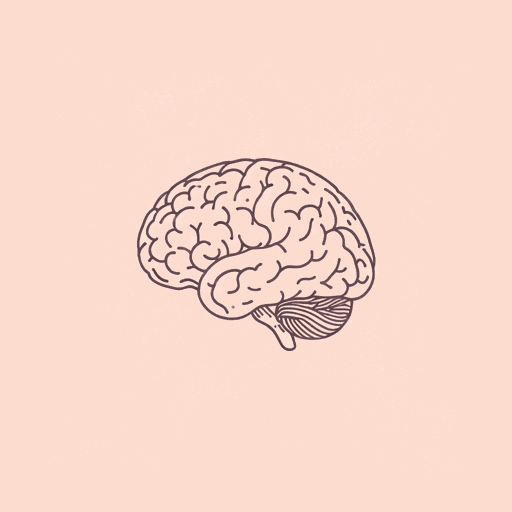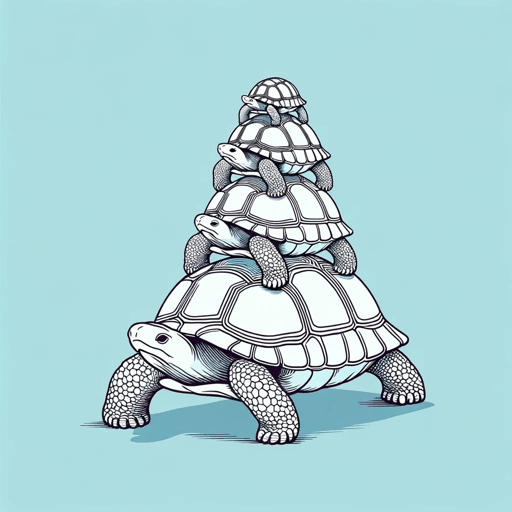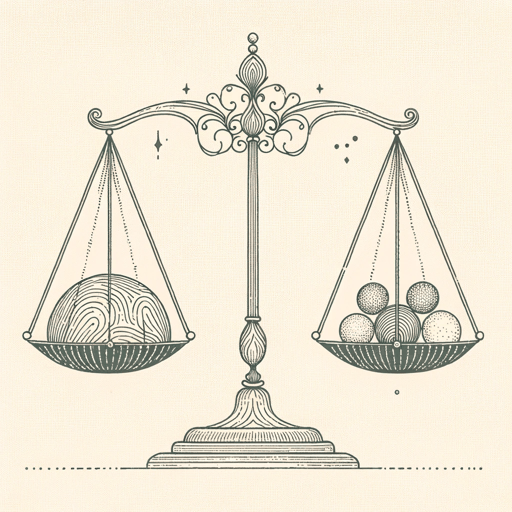92 pages • 3 hours read
Robert M. SapolskyBehave: The Biology of Humans at Our Best and Worst
Nonfiction | Book | Adult | Published in 2017A modern alternative to SparkNotes and CliffsNotes, SuperSummary offers high-quality Study Guides with detailed chapter summaries and analysis of major themes, characters, and more.
Themes
Doing the Right Thing When It’s the Harder Thing to Do
Naturally, in a book about aggression, compassion, morality, evil, and the contextual nature of all of these terms, the concept of “doing the right thing” comes up often. The specific topic of doing the right thing when it is the harder thing to do is “pertinent to every page of this book” (45) and comes up first in discussion of the frontal cortex (FC). One important role of the FC is reining in impulsivity by suppression of the amygdala. It is our frontal cortex that allows us to stop ourselves from eating more chocolate—the right thing, but hard—or stops us from cheating on our spouse. The FC also handles working memory and is therefore the structure that helps us remember an area code to a phone number (bringing a piece of data into working memory) and how to strategically place that number in another area, which prompts us to dial 1 first (47).
Doing the right thing when it is the harder thing to do comes up in several other brain systems as well. The dopaminergic system inspires us to work to achieve goals even though they are difficult (66). Testosterone makes us work to do “whatever behaviors are needed to maintain status” (106).
Related Titles
By Robert M. Sapolsky




